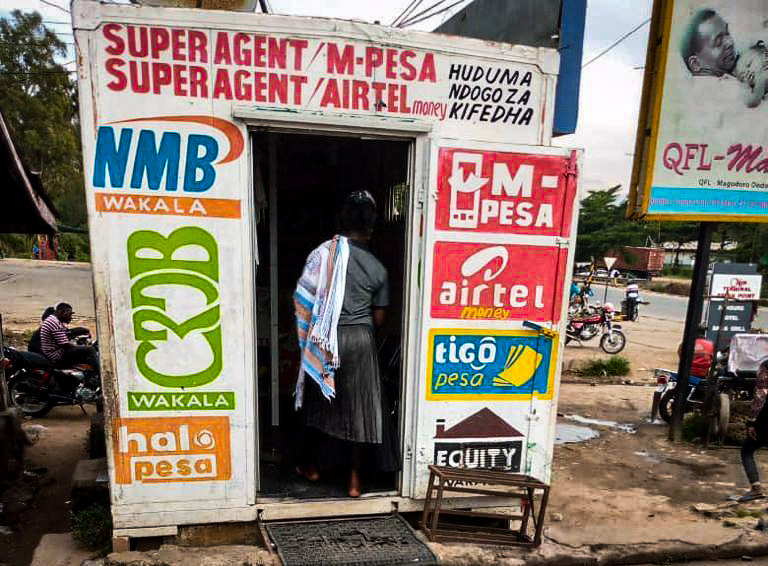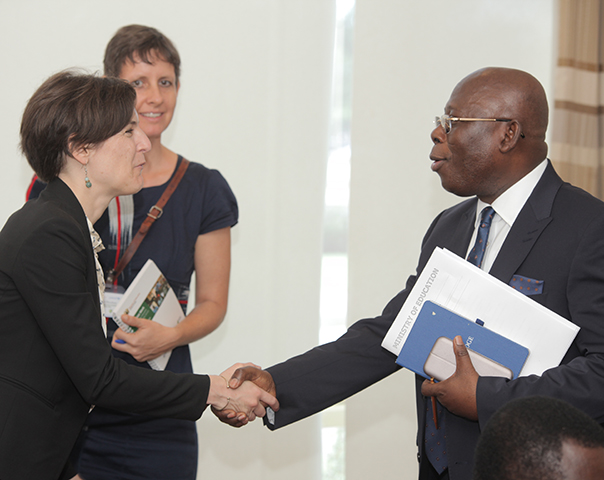Two Years of Measuring the Real Costs of Digital Financial Services: Here's What We Know

When it comes to understanding the true costs of digital financial services (DFS), even the experts can get it wrong. In the first year of the Transaction Cost Index (TCI) study, we put expert predictions to the test against actual data, and the gaps were striking. Experts expected agent overcharging to be a major issue, estimating 32 percent of transactions with agents would involve informal fees, yet our measurements showed it was only 10 percent. They also underestimated price transparency, predicting that only 59 percent of providers would make pricing readily available, while our actual figure stood at 80 percent. These predictions reveal an important truth: without rigorous measurement, even policymakers and industry leaders risk making decisions based on perception rather than reality.
We have now released a second phase of results, which include our year-two comparative report and updated country briefs.
What Have We Learned?
In our latest research, we focused on refining a fieldwork method for measuring the consumer experience with DFS: mystery shopping by local consumers. Additionally, we continued tracking official prices listed on providers’ websites and regulatory practices across 16 countries. This blog highlights key findings from our fieldwork, while our next blog will explore insights from our price tracking research.
Key Findings:
Overcharging rates remain low: Bangladesh and Tanzania report minimal cases (1 percent or lower). Uganda had a higher overcharging rate of 12 percent.
Table 1: Transaction Outcomes

* Conditional on agents being present
Time costs still exceed monetary costs: Consumer transactions often fail either due to agent unavailability or issues such as a lack of e-money or cash to meet customer demands. When this happens, consumers must either find another nearby agent or return home and try again later, leading to significant time costs. When measured in dollar terms, these time costs are three to six times higher than monetary fees in Bangladesh and about twice as high in Tanzania and Uganda.
Table 2: Time Costs versus Monetary Costs

The full report offers a deeper look at other key outcomes such as service quality and pricing transparency, and how outcomes vary by shopper, agent, and transaction characteristics.
Looking Ahead
We spent two years developing tools to measure outcomes that matter to DFS consumers. We’ve published our latest findings, including detailed results for Bangladesh, Tanzania, and Uganda. For those hungry for more, we will be discussing our most recent findings and their implications during our webinar on April 30, 2025 at 9AM EST. Please register here.
Curious about our work tracking prices on providers' websites? Stay tuned for the next blog in our series, where we’ll dig deeper into the results we found from our price tracking work and the introduction of the new Price Tracking Dashboard. Our final blog will showcase our toolkit, which provides practical guidance for others hoping to measure DFS costs themselves.
Note: This is a continuation of a blog series focused on IPA's Transaction Cost Index (TCI). See earlier blogs on TCI's first-round results. Our next posts will cover our work tracking prices on providers websites and our new measurement toolkit.












